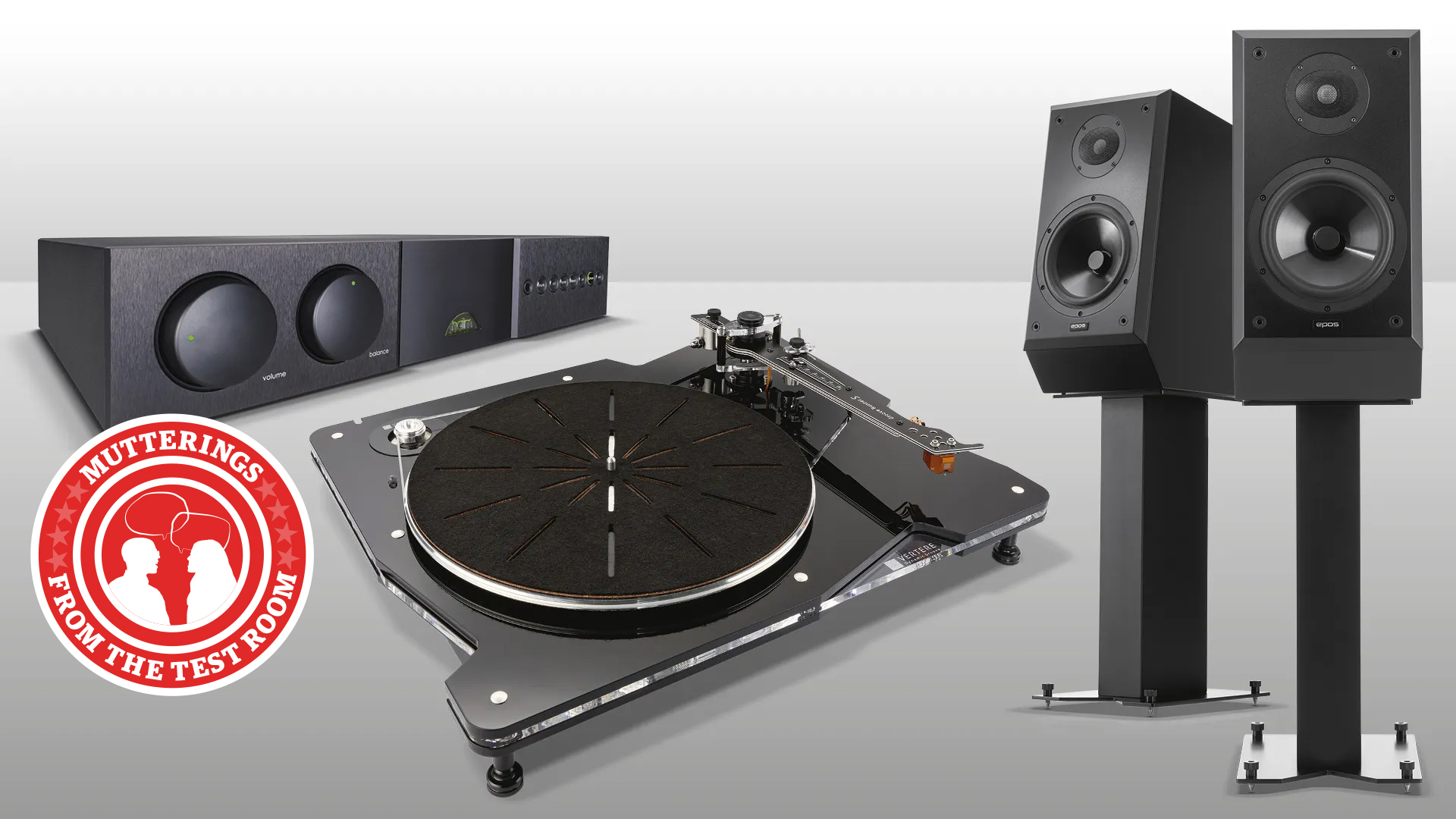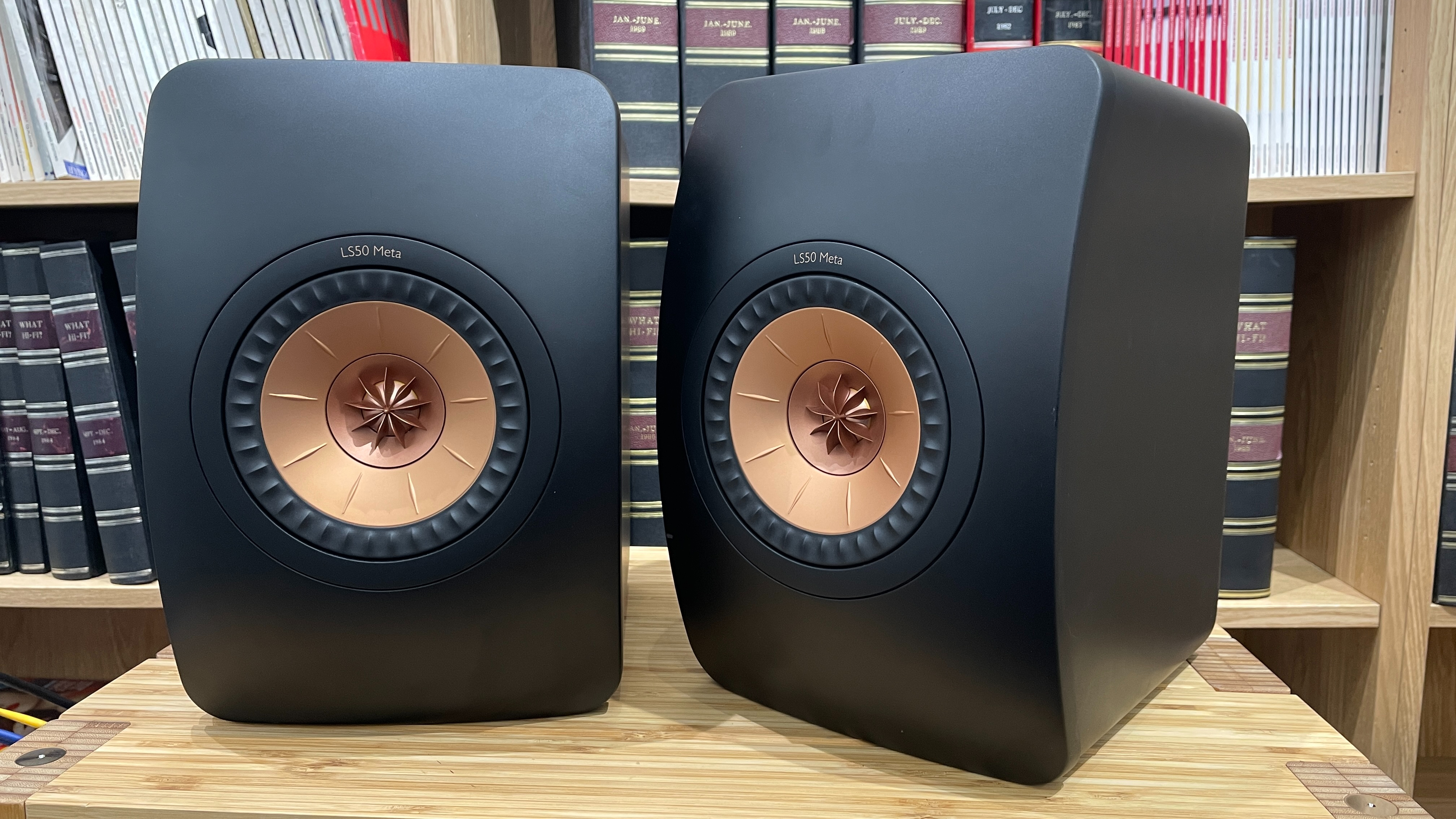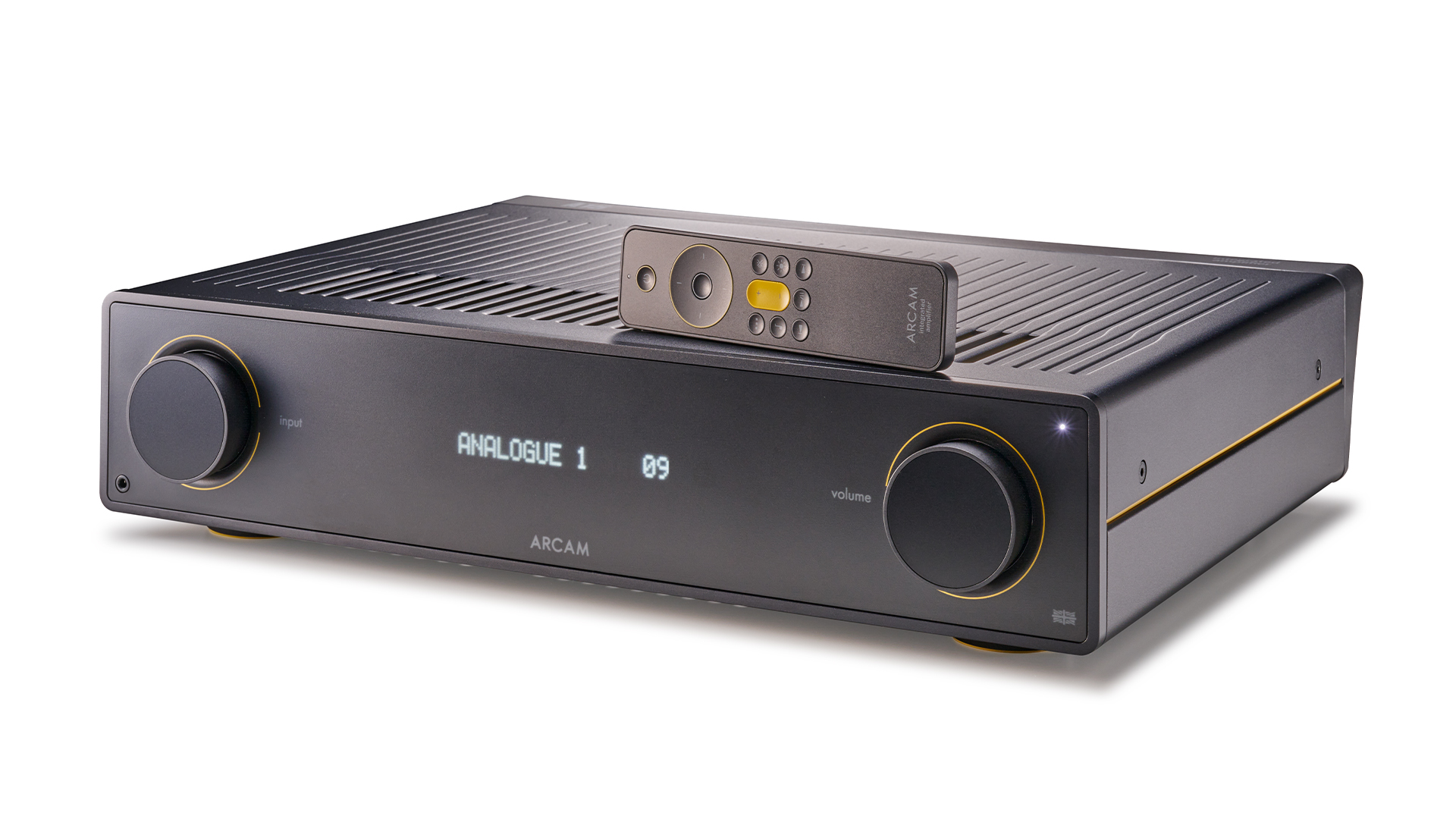Building a hi-fi system? Here's the secret to matching the right components
System matching is both a science and an art

I have always been intrigued about this thing called 'system matching'. I understand it from an electrical and mechanical viewpoint: I know to partner a low-compliance cartridge with a high-mass tonearm so that the overall resonance moves to the right place, and why it makes sense to use high-sensitivity speakers with a modestly powered amplifier to get enough volume level. These things can be easily understood if you know basic physics and a few simple formulas such as Ohm's Law.
However, it is harder to understand why some components work better together than others, even if the basic engineering compatibility requirements have been satisfied. Some people believe it is all about complementary frequency responses; as long as you partner a bright amplifier with a smooth pair of speakers, everything will be fine. That makes a degree of sense, but I can’t help thinking that it goes much deeper than that.

Tonal balance is important, of course, but over the years I’ve come to the conclusion that trying to match the way components deliver detail, speed, dynamics, stereo imaging and rhythmic drive matters even more. Getting it right is the difference between a system making a decent sound and a great one. Of all the systems I've heard, the most cohesive-sounding ones are those where all the constituent parts operate at similar levels across all these parameters.
In my experience, having listened to and matched more components than I care to remember, you need every part of a system to pull in the same direction and have complementary characteristics if it is to shine. For that to happen you need a good feel for the sonic signature of each component and you must ensure that any negative qualities aren’t emphasised. A forward-sounding amplifier with a slightly bright-sounding set of speakers? No, thank you. Careful listening is the only real way of knowing whether components match well or not, and it helps if you can find a good, experienced dealer that has already done that leg work for you.
One of the most common questions I’m asked is how to split a budget between components. The safest answer – the one conventional wisdom supports, and the one we at What Hi-Fi? have promoted over the years – is that each main part of a system should cost roughly the same. For example, if you're in the UK and have £1000 to spend on a new system, it is generally considered sensible to spend around £300 each on the source, amplifier and speakers, putting the remaining amount towards the cables. (Some people doubt the value of having decent cables; I’m not one of them.)
Put it all together, taking care to match component characteristics, and you are guaranteed a well-balanced system with class-leading performance, right? Well, if you have put in the work, the chances of the system being balanced and sonically capable are high; but class leading? Maybe not.
While such budget-splitting logic seems to make superficial sense, such a way of thinking presumes that it costs the same amount of money to make every part of the audio chain equally good. Think about it: some of these components are mostly electrical (streamers and amplifiers) while others are more mechanical (record players and speakers). Given production costs, methods and materials used, it is highly unlikely that a £500 record player and a similarly priced amplifier are on the same rung of sonic ability in their respective categories. That would suppose some direct equivalence in the price of sound-critical parts such as a turntable's bearing and an amplifier's mains transformer. That doesn't exist.
Get the What Hi-Fi? Newsletter
The latest hi-fi, home cinema and tech news, reviews, buying advice and deals, direct to your inbox.
What kind of price ratio should we be looking at between different sorts of products then? It would be lovely to offer you a hard and fast rule, but I don't think one exists.

So how should you split your budget? Despite everything I have just said, as a general rule the balanced way isn’t a terrible starting point. I just certainly wouldn’t be bound by it. In recent months I’ve heard the £6500 Fyne Audio Vintage Classic X floorstanders sound lovely with Arcam’s A5 integrated amp (£749), and PMC’s excellent Prodigy 1 standmounters (£1250) deliver sweet results with Naim’s Super Nait 3 amplifier (£4299). Neither of these pairings is particularly obvious and you might well raise an eyebrow if your local dealer recommended them. But musically, they work for me.
The answer seems to be to trust your ears. Build a system by starting with a list of basics: the sources you want, the features you need, and the space you need to fill with sound. Then think about the types of music you listen to and how you would like it to sound. Once you get that far, read our reviews, go to a reputable dealer and listen with an open mind. Don't stick with a rigid formula when the evidence of your ears takes you elsewhere. Be brave with your choices.
If you asked me whether system matching is an art or a science, I'd have no choice but to say 'both'.
MORE:
How to build the perfect hi-fi system
7 crucial mistakes to avoid when setting up your hi-fi system

Ketan Bharadia is the Technical Editor of What Hi-Fi? He has been reviewing hi-fi, TV and home cinema equipment for almost three decades and has covered thousands of products over that time. Ketan works across the What Hi-Fi? brand including the website and magazine. His background is based in electronic and mechanical engineering.
-
Rui it must sound great , ohms law: the higher is the impedance the higher is the resistance or resistivity?don´t know if it sounds correct in english.Reply
As the title of this comment section his our dream system let´s say that i´m 24 and i went to buy a matching system, it takes time to find anything that will match,
the reason why , i went for the Magnat MA900 and the transpull 1500 speakers also from Magnat and they sure sound good , the loudness efect is only available in the remote and i like it because at night i do prefer hearing music from the speakers ,
and bought last december a Rega P10 with a Hana cartridge because i can get them cheaper than usual so i kept the alpheta 3 for other turntable and bought the Umami red from Hana,
the cd player found one in a hi-fi store also from magnat with tube pre-amplification, MCD850
because there are no recording devices new i put on it a restored Nakamichi 700ZXL that it sounds good ,
not that expensive it as all functions as modern ones also had bought some monthes earlier a blusound node II as a streamer it can be used with the amplifier i had bought from Technics and the newer one the X or 10(don´t know)
to resume :
-Receiver , Magnat MA900;
-cd player, Magnat MCD 850;
-speakers , transpull 1500;
-turntable , Rega P10 +SPU10+hana Umami Red;
-cassette deck, nakamichi 700ZXL;
-streamer, bluesound node X.(i allmost didn´t bought it seems to me, not that better than the II i had already bought not too long ago, maybe 5 monthes ,the first i had)
Normally with components from the same brand they do have the tendencie to match as option i almost bought the amplifier and speakers from Yamaha,
but in other room i had bought a amplifier with power needles from technics the SU-R1000 silver and some excelent technics tower speakers SB-R1E-K who sound amazing with other 70´s technics components,
like a SL-1000MKII with technics cartridge and stylus EPC-300MC , mc type with proper separate amplification for this cartridge SU-300MC,
i almost bought a new SL-1000GR but the mkII sounds better both played in the store at same time ,
and my father bought several needles , the reason why ,i´m good for life. -
manicm What Ketan describes is an ever unreachable utopia where on my side bricks and mortar hifi stores are all but gone.Reply
That leaves only common sense and luck, and with some reassurance to return the equipment if you're not happy. -
Rui Reply
totally agreed , i still have a store to go and test whatever i wanted but in late 80´s i would go to 3 diferent stores and they would join whatever equipment i wanted to hear ,now those stores are closed what to do? the buy then return it only works in the same brand as a warranty, you can not return a amplifier and get the money back you can trade it for another from the same brandmanicm said:What Ketan describes is an ever unreachable utopia where on my side bricks and mortar hifi stores are all but gone.
That leaves only common sense and luck, and with some reassigned to return the equipment if you're not happy.
